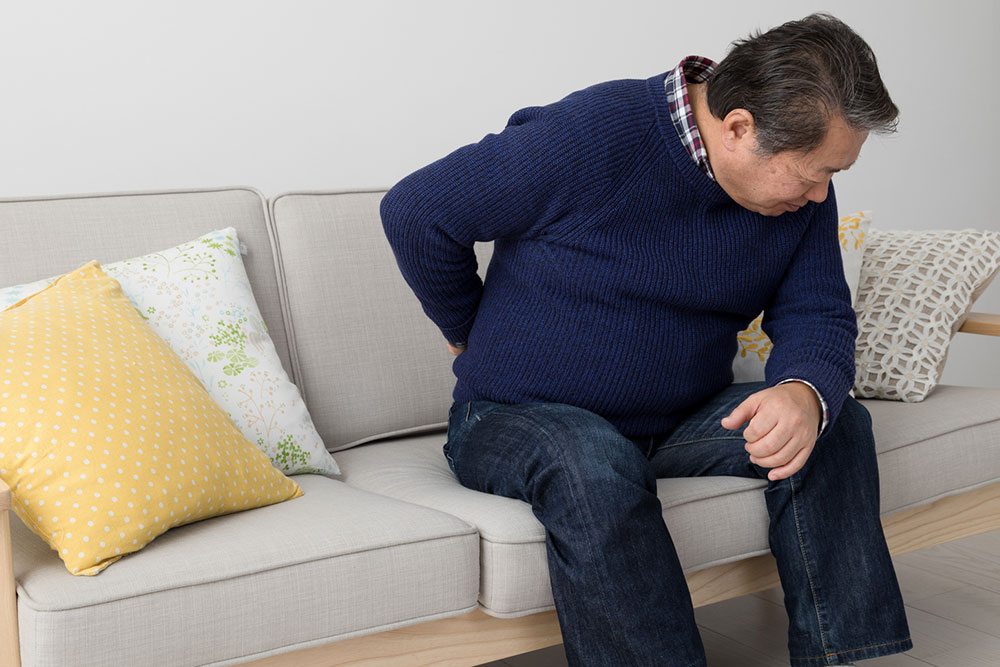Effective Non-Surgical Methods to Relieve Back Pain
Explore eight non-surgical strategies for managing back pain effectively. From physical therapy and heat/cold therapy to acupuncture and medication, these methods help reduce discomfort, improve mobility, and prevent future issues. Suitable for short-term relief and chronic conditions, they promote active lifestyles without surgery.

Eight Conservative Techniques to Ease Back Discomfort
Back pain is a common condition that impacts many individuals. It can present as a constant dull ache or a sudden stabbing sensation that limits movement. Causes include injuries from accidents, heavy lifting, aging-related spinal changes, or prolonged inactivity. Muscle tension and stress often contribute. Fortunately, many effective non-surgical approaches can help alleviate pain and restore mobility.
In this article, we discuss various non-invasive strategies for managing back pain.
Back pain treatment options
If symptoms are severe or persistent, seeking medical advice is essential. However, many short-term discomforts can be relieved through non-surgical therapies that promote healing.
Benefits of non-invasive treatments
These methods allow pain relief while maintaining an active lifestyle. Additional advantages include:
Performing daily tasks without disruption
Increasing mobility and flexibility
Correcting poor posture and spinal alignment
Reducing the risk of future back issues
Key non-surgical techniques
Physical therapy and exercise
Consistent, supervised exercises are vital for alleviating ongoing back issues.
A personalized program that includes stretching, posture correction, and strengthening routines can prevent future pain episodes. Exercises include:
Stretching
Flexibility drills
Posture correction
Cardio workouts
Core building
Pain management assessments
Use of heat and cold packs
Home treatments like hot and cold packs provide quick relief. Cold helps reduce inflammation, while heat relaxes muscles. Apply ice for 10-15 minutes every couple of hours initially, then switch to heat as needed.
Medical injections
When back pain persists, treatments such as nerve blocks, epidural steroids, or corticosteroid injections may be recommended after evaluation. These can offer lasting relief or even eliminate pain.
Relaxation and mindfulness practices
Techniques like meditation, yoga, and tai chi assist in managing chronic pain by promoting mental and physical relaxation.
Medication management
Doctors may prescribe anti-inflammatory medicines, muscle relaxants, or analgesics for short-term relief. Long-term use should be monitored to avoid side effects.
Massage therapy
Therapeutic massage improves blood flow, eases muscle tightness, and reduces spasms contributing to back pain.
Acupuncture
This traditional Chinese method can effectively lessen back pain through precise needle placement.
Electrical nerve stimulation
For severe cases unresponsive to other therapies, spinal cord stimulation involves placing electrodes near the spine to disrupt pain signals, providing significant relief.
Most minor back strains heal within days or weeks. Combining self-care with these methods can speed recovery. For pain lasting over a month or following injury, consulting a healthcare professional is crucial.


